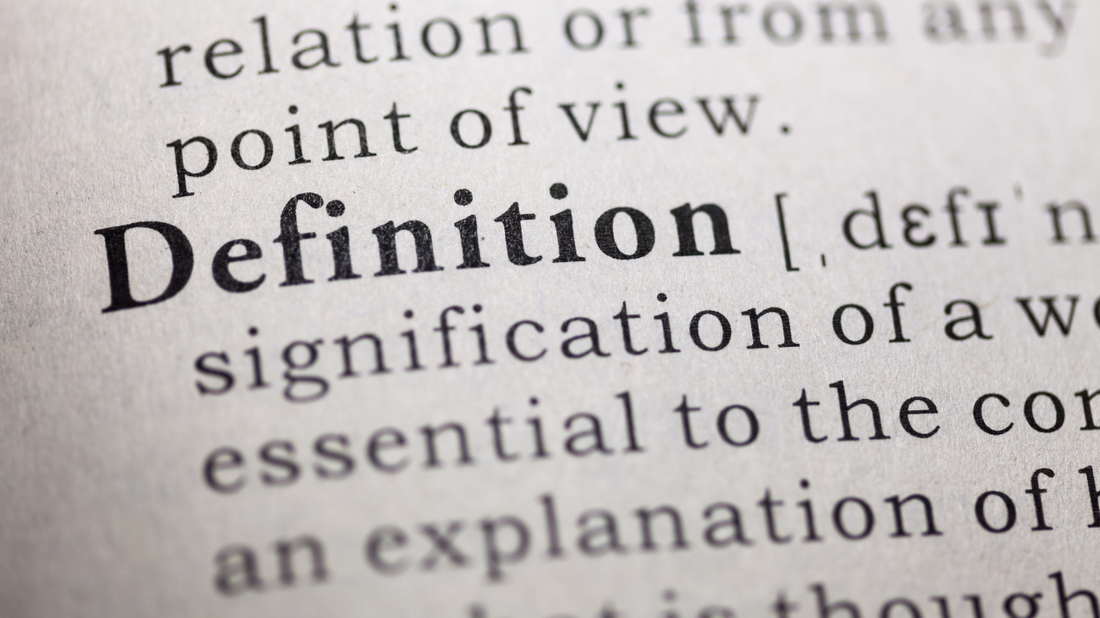
A Dictionary - Indian Classical Music
To help you understand Indian Classical Music terminology.
Here’s a list of fundamental terms to help you understand and learn more about Indian Classical Music, it will be useful while learning the bansuri! If there's any word you can't find in this list, let me know and we'll keep expanding it.
Indian Classical Music Dictionary
A
- Aroh - The scale of the raga going up (ascending)
- Avroh - The scale of the raga going down (descending)
- Alaap - A slow, exploration and introduction to a raga, without pulse.
- Alankar - Musical ornamentations and exercises used to develop technical skill and fluency.
B
- Bandish - A fixed melodic composition within a raga, usually set to a specific tala.
- Bhava - The emotional essence or expression conveyed through music.
- Bansuri - A bamboo flute used in Hindustani Classical Music.
C
- Chalan - The characteristic movement or pattern of a raga.
- Chakradar - A type of tihai (triplet phrase) that is repeated in a cyclic manner.
D
- Drut - Fast tempo, often used in the concluding sections of a raga performance.
- Dhamar - A tala of 14 beats used in semi-classical compositions.
- Dhrupad - The oldest surviving form of Hindustani Classical Music, characterized by its long, deep alaaps and minimal ornaments.
G
- Gamak - A technique that embellish a note for expressive effect. Sliding quickly to a note from a note above.
- Gat - A fixed instrumental composition within a raga.
H
- HCM - Hindustani Classical Music
I
- ICM - Indian Classical Music
J
- Jor - The section after the alaap where rhythm is introduced but without a fixed tala. Slow pulse.
- Jhala - A fast-paced, rhythmic climax of the Alaap portion of a raga performance. Still without tala.
K
- Khayal - The most popular genre of Hindustani Classical Vocal music, known for its improvisational depth.
L
- Laya - The tempo or speed of a composition, which can be slow (vilambit), medium (madhya), or fast (drut).
M
- Meend - A smooth glide between two notes, creating a flowing sound. Glissando in western music terminology.
- Mukhda - The opening phrase of a bandish, often repeated to anchor the composition. "The Hook".
- Mandra Saptak - The lower octave register.
- Madhya Saptak - The middle octave.
N
- Nada - The original sound vibration, considered the source of all music.
- Niwas - The note on which a raga often resolves.
R
- Raga - The fundamental melodic framework in Indian classical music, each with a specific mood and time of day.
- Rasa - The aesthetic emotion evoked by a raga.
S
- Sam - The first beat of a tala cycle, used as a significant point of rhythmic resolution.
- Sargam - Singing or playing the notes (swaras) and using their names instead of lyrics.
- Sarod - A fretless string instrument used in ICM.
- Shruti - The microtonal nuances, still within the 12 swaras. Not to be confused with quarter notes.
- Swara - The seven musical notes: Sa, Re, Ga, Ma, Pa, Dha, Ni.
- Samvadi - The least important note of a raga.
T
- Tara Saptak - The higher octave register.
- Tala - Rhythmic cycle or time signature. Common talas include Teental (16 beats) and Ektaal (12 beats).
- Tihai - A rhythmic phrase repeated three times to create a sense of tension and release.
- Tanpura - A string instrument that provides the characteristic drone in Indian Classical Music.
- Thaat - A parent scale system in Hindustani Classical Music that classifies ragas.
V
- Vilambit - Slow tempo, often used at the beginning of a vocal raga performance.
- Vadi - The most important note of a raga.
